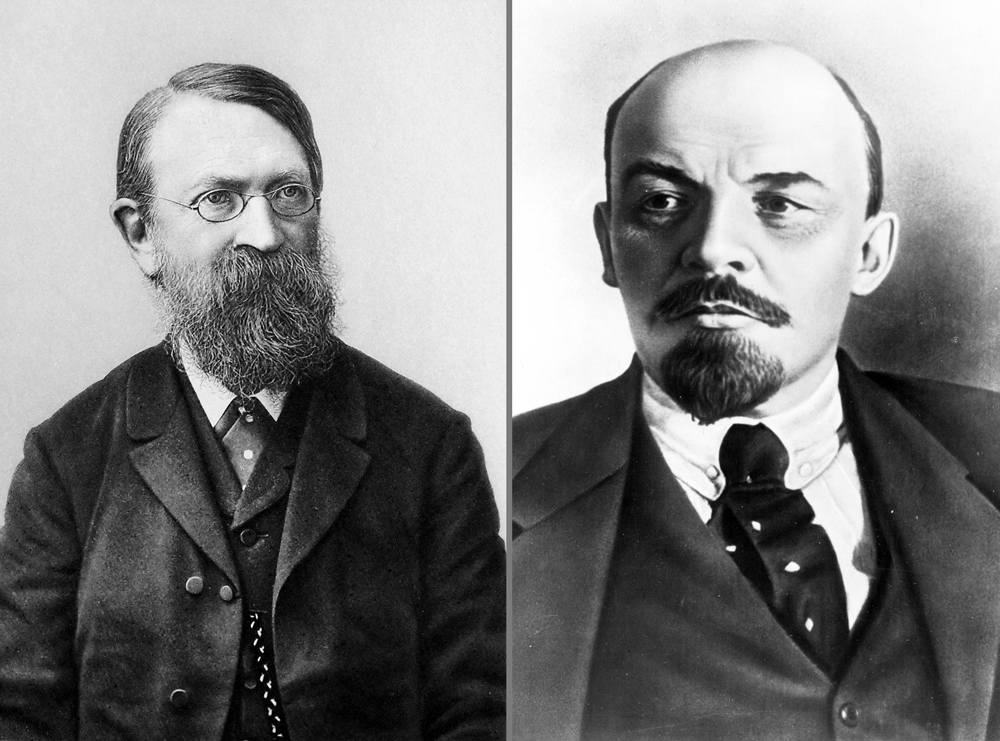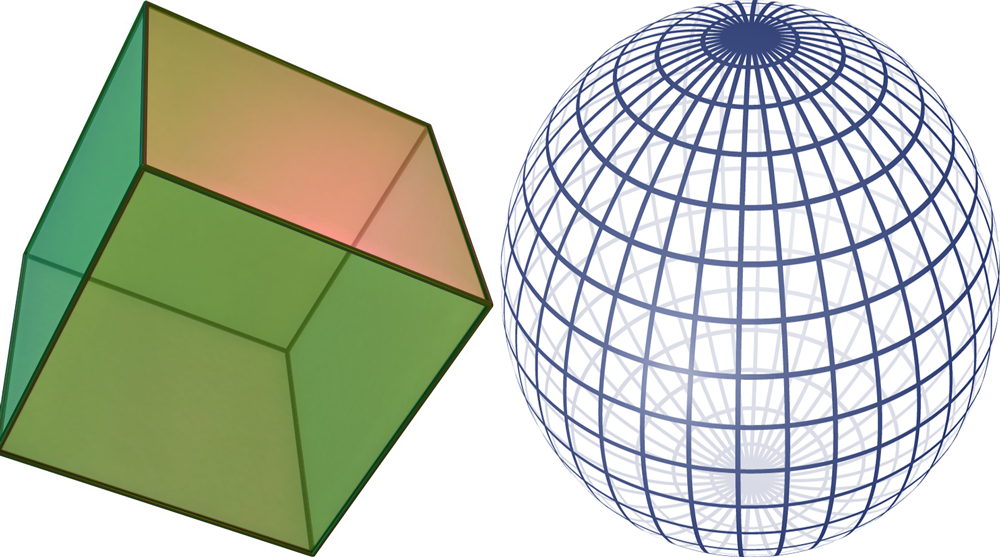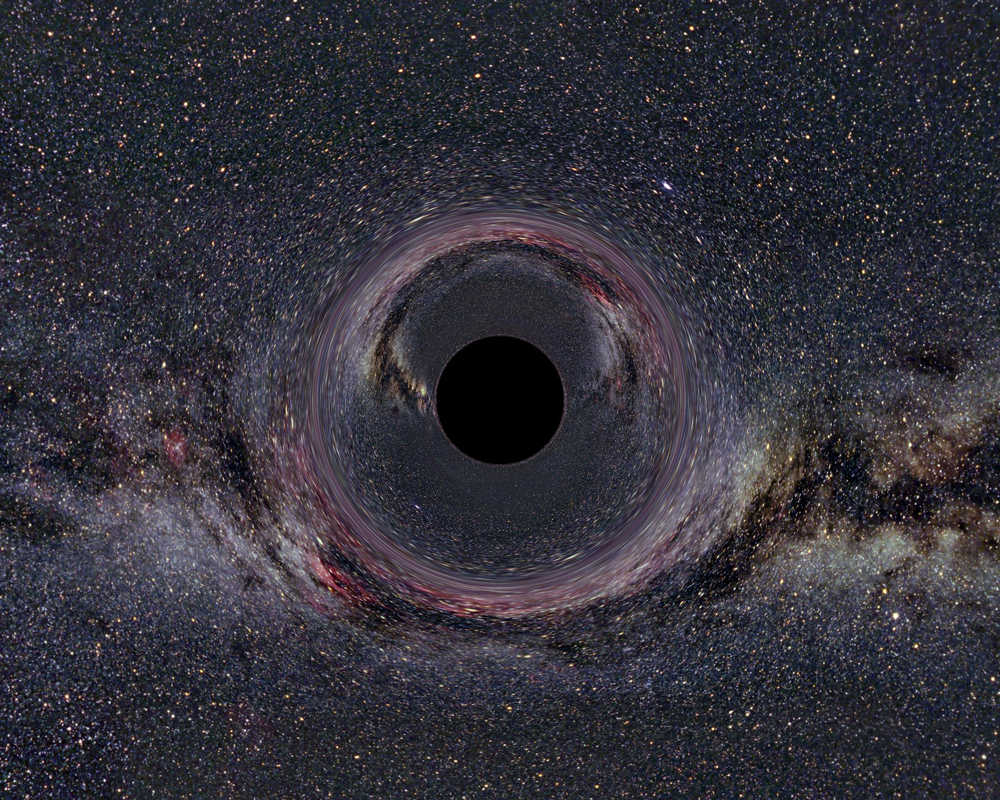Higher Dimensions
Guest post by Andrew Boyd
Today, higher dimensions. The University of Houston presents this series about the machines that make our civilization run, and the people whose ingenuity created them.
Vladmir Lenin was a Marxist revolutionary. Ernst Mach was a well regarded physicist. Yet the two would clash over a rather strange question: are there more than three physical dimensions?

Ernst Mach (left) & Vladmir Lenin (right). Photo Credit: Wikimedia Commons
In the early nineteen-hundreds, Lenin was angry that the fathers of Marxism — Marx and Engels — were being unfairly represented. At issue were the underpinnings of materialism. A new generation of Marxist philosophers found Marx and Engels' arguments "antiquated" and founded in "mysticism." These critics, influenced by physicist Mach, saw themselves saving the day by providing a more scientific basis for materialism, and by extension, Marxism.
Lenin would have none of it, and set about to defend Marxism's founders in his book Materialism and Empirio-Criticism. It would become a mainstay of Marxist philosophy as well as required reading in Soviet schools.
There's no disguising the contempt unleashed in its pages. Lenin confronted the critics on many fronts. But one in particular challenged Mach's physics. Mach pondered whether research into electricity was hampered by an insistence on "explaining [it in] three-dimensional space."
This was too crazy for Lenin, who gleefully castigated the statement as not only anti-materialist, but anti-scientific. It postulated something that couldn't be experimentally verified: more than three spatial dimensions.
We live in a three dimensional world. But a world with more dimensions remains tantalizing. Early in our lives we draw squares and circles on sheets of paper. Soon after, we make the connection with their three dimensional counterparts, the cube and sphere. Can we keep going? Absolutely. When we express cubes, spheres, and other shapes using equations, the extension to higher dimensions is so obvious we're left to puzzle why nature stopped at just three.

Equations for a circle, sphere, and 4D sphere. Photo Credit: Andy Boyd

A 3 dimensional cube (left) and sphere (right) Photo Credit: Wikimedia Commons
The idea of more dimensions is so compelling it shows up everywhere. Science fiction writers love the extra space. With an extra dimension or two, we can to travel to far corners of the universe in the blink of an eye. Or we can meet life forms that seem to pop in and out of existence. The director of the blockbuster Interstellar made higher dimensions a central theme of the film, working very closely with a professor at Cal Tech.
And, proving once again that fact is stranger than fiction, physicists working in the field of string theory postulate the existence of real, bona-fide, physical dimensions beyond three. They're just so tightly wound up we can't see them. In the same way as Lenin criticized Mach, critics of string theory roll their eyes because string theorists fall short when it comes to experimental verification. Sadly, even if higher dimensions exist, it seems we'll never peer into them — except, perhaps, at the movies.

A black hole within the Milkyway Galaxy. Photo Credit: Wikimedia Commons
I'm Andy Boyd at the University of Houston, where we're interested in the way inventive minds work.
(Theme music)
V. Lenin. Materialism and Empirio-Criticism, 1909. In particular, see Chapter 3, Section 5, Space and Time, which can be found: https://www.marxists.org/archive/lenin/works/1908/mec/three5.htm. Accessed April 7, 2015.
The Making of Materialism and Empirio-Criticism. From the website: http://marxistupdate.blogspot.com/2012/02/making-of-materialism-and-empirio.html. Accessed April 7, 2015.
C. Nolan, editor. Space. Time. Dimension. Let's Leap Beyond the Limits of Our World. From the Wired Magazine website: http://www.wired.com/2014/11/christopher-nolan-wired-editor. Accessed April 7, 2015.
This episode was first aired on April 9, 2015